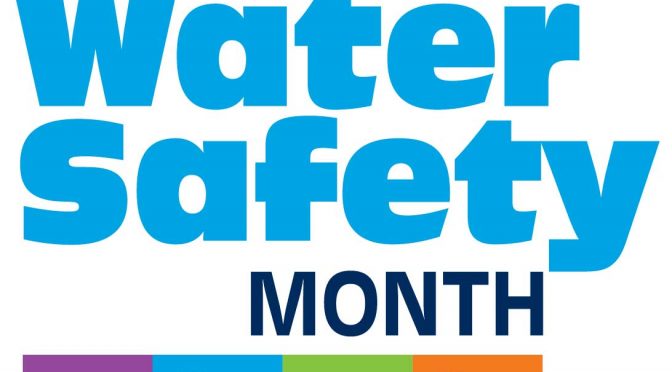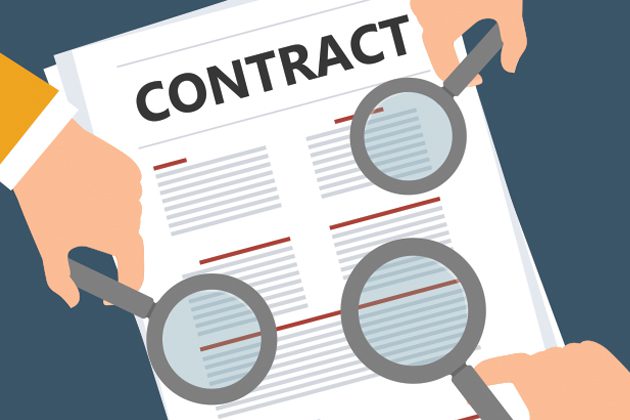Hurricane season takes place June 1 through November 30.
There are many myths regarding throwing outdoor furniture inside pools and even draining a swimming pool before a hurricane. Both of these actions can be dangerous and detrimental to a swimming pool. Below are some tips from FSPA to help you become better prepared for a storm.
- Do not drain your pool before a storm. Keeping sufficient water levels in your pool provides the important weight to hold sides and bottom in place.
- Before and after the storm it is recommended to super chlorinate pool water.
- It is important that all electric power be turned off at the circuit breakers before a storm hits. Any exposed electrical equipment such as motors for the pumps should be tightly covered with plastic wrap. If flooding is expected, disconnect and remove.
- Storms can cause ripped lanai screens which can be expensive to replace. This can possibly be avoided if you provide a “vent” for wind to escape through. Screen panels may be removed on either side of the pool area.
- Remove any loose objects such as chairs, tables, pool equipment and even toys. These items can become weapons in high wind storms. Do not throw your furniture in the pool, or anything else for that matter. If you cannot store items inside a building, carefully place items in the pool, this is not recommended.
- After the storm use a “pool rake” or other net/skimming device to remove small debris from inside the pool. Do not use your regular pool vacuum equipment or pool pumps as they are likely to clog the plumbing.
- Before touching any electrical equipment after the storm, be sure that everything is dry. Check circuit breakers to be sure they are off before attempting to reconnect electrical equipment such as pump motors. Inspect wiring for proper connections. If electric motors have been exposed to water, they should be checked by a professional.
- Be sure clocks, timers, etc. have been properly reset and balance the water chemistry. Keep a close eye on your operating systems for a few days to ensure everything is in working order.
For more information on how to prepare for a hurricane, click here!





